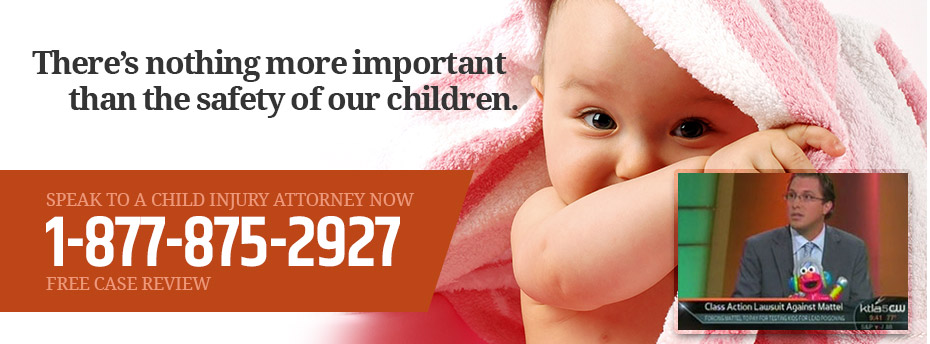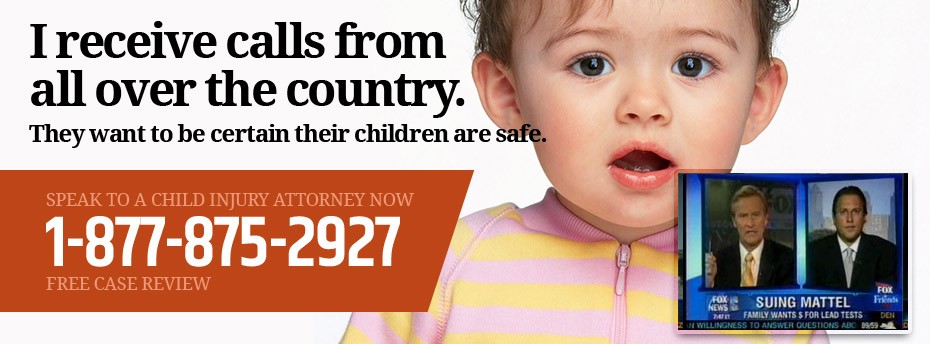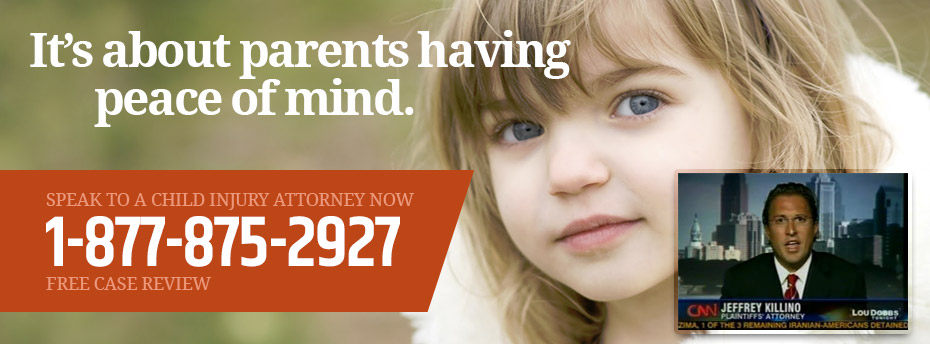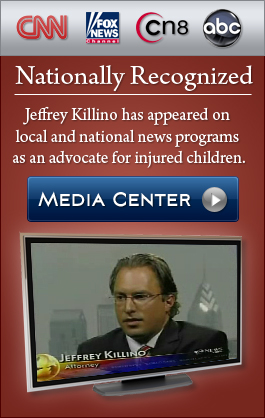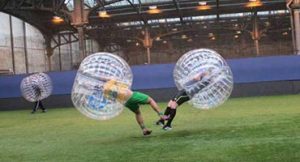 Bubble Soccer has likely come to a park near you: players are encased in large plastic balls with their legs exposed, allowing them to move their legs freely. It’s a bit like Zorbing, a wildly popular activity that people enjoy worldwide: they step into a large plastic ball and roll down from top of a hill. Bubble Soccer, as the name suggests, is like soccer. The idea is to score against the opponent, while having a lot of fun. But this activity has also led to serious injury.
Bubble Soccer has likely come to a park near you: players are encased in large plastic balls with their legs exposed, allowing them to move their legs freely. It’s a bit like Zorbing, a wildly popular activity that people enjoy worldwide: they step into a large plastic ball and roll down from top of a hill. Bubble Soccer, as the name suggests, is like soccer. The idea is to score against the opponent, while having a lot of fun. But this activity has also led to serious injury.
Bubble Soccer Safety – Mixed Message
One reason injuries may occur is because the activity is touted as “easy to play” and that “anyone can play without any pre-training,” according to the Bubble Soccer Business Association. But another site, the BubbleBall Business Association, provides a safety handout and tips sheet with pre-game safety instructions. It’s easy to think that an injury can’t possibly occur when players are wearing these large inflatable balls without direct contact with other players. But they do.
Players—also called “ballers”—are as young as six years old. These kids can get injured due to the placement of their head and getting bumped. The player’s head must be at least eight inches below the top of the bubbleball, not over the top. This position is meant to ensure “minimal risk of head injury” when the player falls on the ground and rolls over. As well, some players use aggressive tactics against each other: one common move is ”spear”, in which a player knocks down another after running rapidly from a far distance on the field. Rules of the game do not allow fast running on the field, and players aren’t allowed to intentionally take off another “baller” unless the intent is to gain the possession of the ball. But when ballers don’t play by the rules, Bubble Soccer becomes a risky sport to play.
Concussion Ball?
While many sports are trying to increase safety by adding protection to participants, inflatable plastic bubbles are not the solution. A report by the Journal of Clinical Neuroscience titled “How safe is Bubble Soccer?” reported the case of a 16-year-old who sustained “a cervical spine burst fracture with incomplete spinal cord injury”. Salvador Reyes crashed into another student and fractured his skull while playing bubble soccer at a high school party in 2016. Reyes claims that the party rental company failed to properly warn him of the activity’s dangers and didn’t adequately instruct him on safety protocol.
The Journal’s report advised that strict regulations should be considered for this sport.
Several adults have sustained serious bubble soccer injuries. One bubble soccer player suffered a neck fracture in June 2017 and was immobilized for a year. He also sustained a concussion and still suffers from memory loss. He purchased the bubble ball from Walmart, which bought the product from China. A photo of the product advertises it as the “most extreme contact sport ever”. Another man suffered paralysis after renting Knockerball’ equipment in 2017. Knockerball, also called “bubble soccer,’’ allows players to participate in a high-contact game cushioned by the inflatable plastic bubble surrounding them.
If your child has been injured playing bubble soccer, you may be entitled to recover damages from the party or parties responsible. Child-injury lawyer Jeffrey Killino is dedicated to helping children and families obtain the compensation they deserve. Contact Jeffrey Killino at 877-875-2927 to learn about your legal options.
Bubble Soccer Injury Risk
Because there is no padding around the neck area, bubble soccer seems to have a potential risk of neck and brain injury due to whiplash. While inside the bubble, the front, sides and back areas are unprotected from whiplash. As well, the torso is restricted to some degree while the neck can move freely.
The National Association of Bubble Soccer provides a video that shows players bouncing off of walls. In some cases, players’ buttocks hang out from the bottom of the bubble, which can increase potential injury to the hips, coccyx bone and lower back. One game observer noted that:
“It’s possible that a person suffering from an actual concussion will go unnoticed due to the fact that a person is harder to observe inside of a bubble due to distortion from the roundness of the bubble and the general feeling of safety that players currently seem to possess. Another issue is that the firewalls for safety for this sport are proper inflation of the bubble, proper strapping in of the player, and that the games are properly officiated. If someone is not properly strapped into the bubble that person is at risk for becoming a paraplegic or a quadriplegic.”
If your child wants to play this activity, be sure to supervise them at all times and personally inspect the inflation and strapping before and during soccer ball.
Attorney Jeffrey Killino is not only an experienced lawyer — he is also a child advocate. When a child is injured from a sport such as soccer ball, he has the know-how and resources to guide you through the legal process to get what you and your family are entitled to. If your child has suffered a traumatic injury because of negligence, Jeffrey Killino can help. Contact soccer ball attorney Jeffrey Killino today at 877-875-2927.
